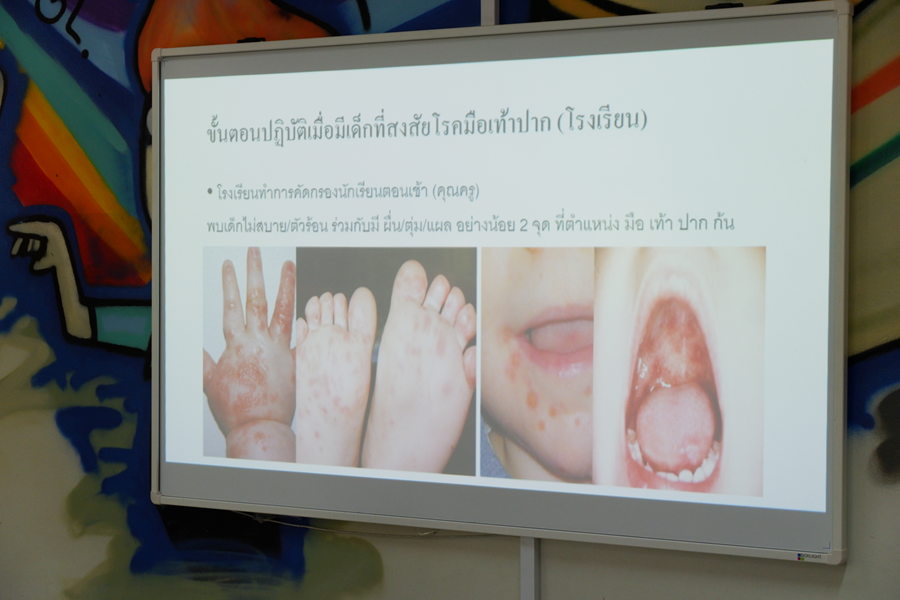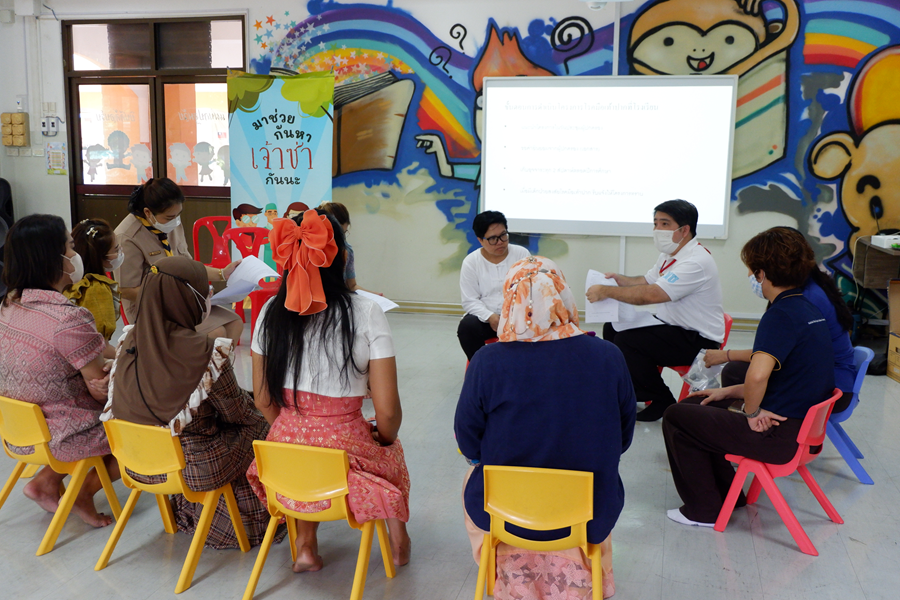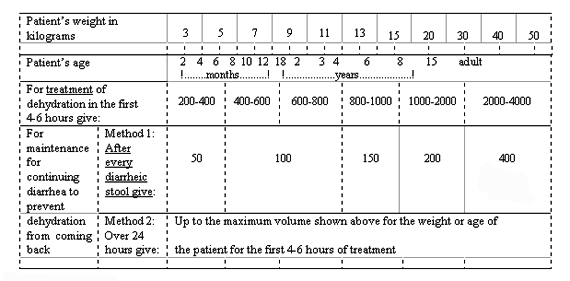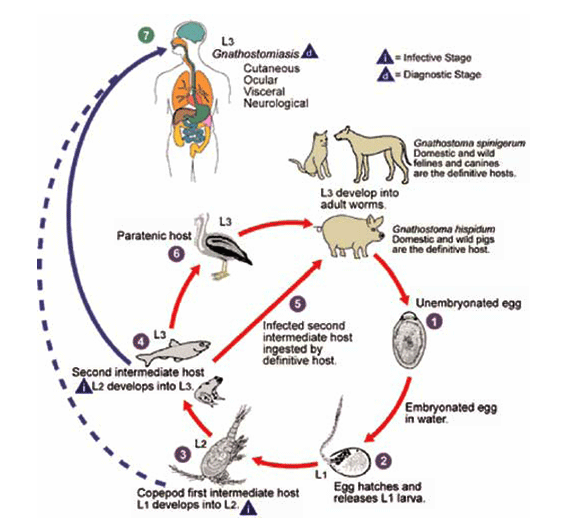Malaria, one of the most life-threatening diseases in the world, is estimated to cause 300-660 million clinical cases with the global distribution of malaria transmission risk up to 50% higher than those reported by the World Health Organization (WHO) (1). By the best estimation derived from a variety of epidemiological approaches, there was a malaria-attributable mortality of 881,000 (610,000–1,212,000) deaths worldwide in 2006, of which 90% were in the African Region, and 4% in each of the South-East Asia and Eastern Mediterranean regions. The risk of death from malaria is considerably higher in Africa than other parts of the world. An estimated 85% of deaths occur in children under 5 years, but the proportion is much higher in the African (88%) and Eastern Mediterranean regions (76%) than in other regions (16–40%). For epidemiology of malaria in Thailand, even though the number of malaria cases was steadily reduced from the year 2000, as shown in Figure 1 according to the Thailand country report (2), the number of admission cases still persist. The intensive malaria control programme in Thailand during the past five decades has resulted in considerable reduction in malaria incidence. Confirmed cases declined from 81,692 in 2000 to 30,006 cases in 2014. P. falciparum proportions were around 40% of the confirmed cases. All reported cases are examined microscopically or by RDT. Malaria epidemics occurred periodically in high risk areas, especially along the international borders of Thailand and Myanmar and Thailand and Cambodia. This is according to the active control program of the Ministry of Public Health, Thailand by the Global Funds to flight AIDS Tuberculosis and Malaria (GFATM) in the year 2002-2003.























